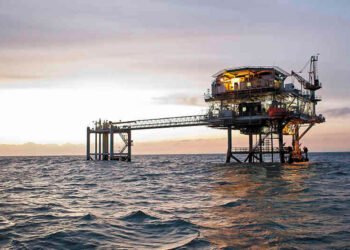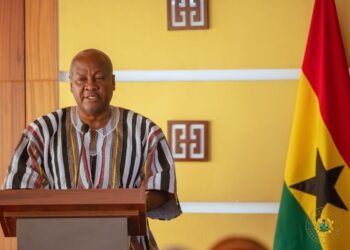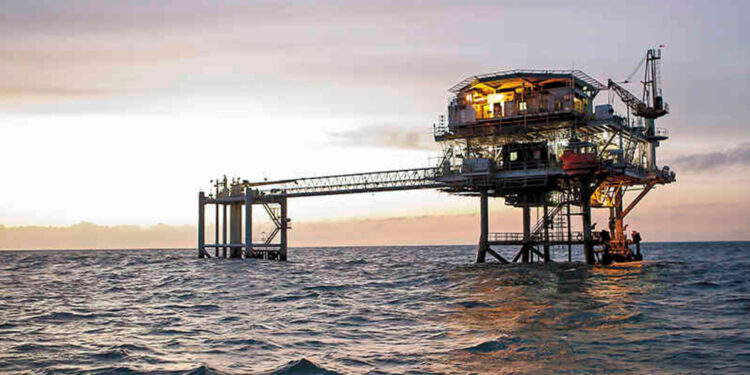Global progress on energy efficiency has returned to its pre-pandemic pace, however this is well below what is needed to put the world on a net zero pathway, according to the International Energy Agency.
To set the world on a path consistent with reaching net zero emissions by 2050, total annual investment in energy efficiency worldwide needs to triple by 2030.
In a new report, the IEA highlighted that there is “urgent need for stronger implementation of clean energy policies with energy efficiency at their core” in order to reach international climate goals. This comes shortly after the end of the COP26 Climate Change Conference in Glasgow.
This same sentiment was expressed as part of resolutions of the COP26 conference, calling for the increased investment of energy efficiency measures, while recognising their key role in decarbonising energy systems.
“We consider energy efficiency to be the ‘first fuel’ as it still represents the cleanest and, in most cases, the cheapest way to meet our energy needs. There is no plausible pathway to net zero emissions without using our energy resources much more efficiently.
“A step change in energy efficiency will give us a fighting chance of staving off the worst effects of climate change while creating millions of decent jobs and driving down energy bills.”
Dr Fatih Birol, IEA Exec. Director
Global Energy Intensity expected to recover in 2021
According to the report, governments have scaled up existing employment-intensive efficiency programmes, but it also highlights that substantial potential for job creation remains untapped. For example, investments in the energy efficiency of buildings– a well-established driver of construction jobs– are expected to rise by 20% in 2021 compared with pre-pandemic levels.
The rate of improvement in global energy intensity– a key indicator of how efficiently the world’s economic activity uses energy– is expected to recover in 2021 to 1.9%. This is in line with the average annual rate of improvement over the past 10 years but below the 4% needed between 2020 and 2030 in the IEA’s pathway to net zero emissions by 2050.
After experiencing its worst year in a decade in 2020, when the COVID-19 pandemic shifted the centre of economic activity away from services to industry, the use of energy is expected to pick up this year.
Energy efficiency offers some of the fastest and most cost-effective actions to reduce CO2 emissions; front-loading efficiency measures into net zero strategies will be crucial for closing the gap.
In addition to well-developed energy efficiency policies such as appliance standards – which in some countries have avoided electricity usage equivalent to their total wind and solar power generation.
According to IEA, the report also underlines the increasingly important role for digital technologies in energy efficiency’s future.
The IEA highlighted that the rapid uptake of digitally connected devices is scaling up the scope of benefits from energy efficiency, and can deliver a cheaper, easier and more cost effective clean energy transition.
READ ALSO: Ghana: Oil Revenues Increase Despite Production Decline in First 9 Months of 2021




















